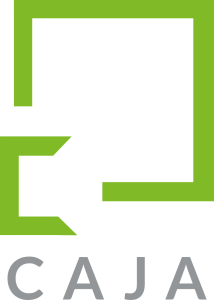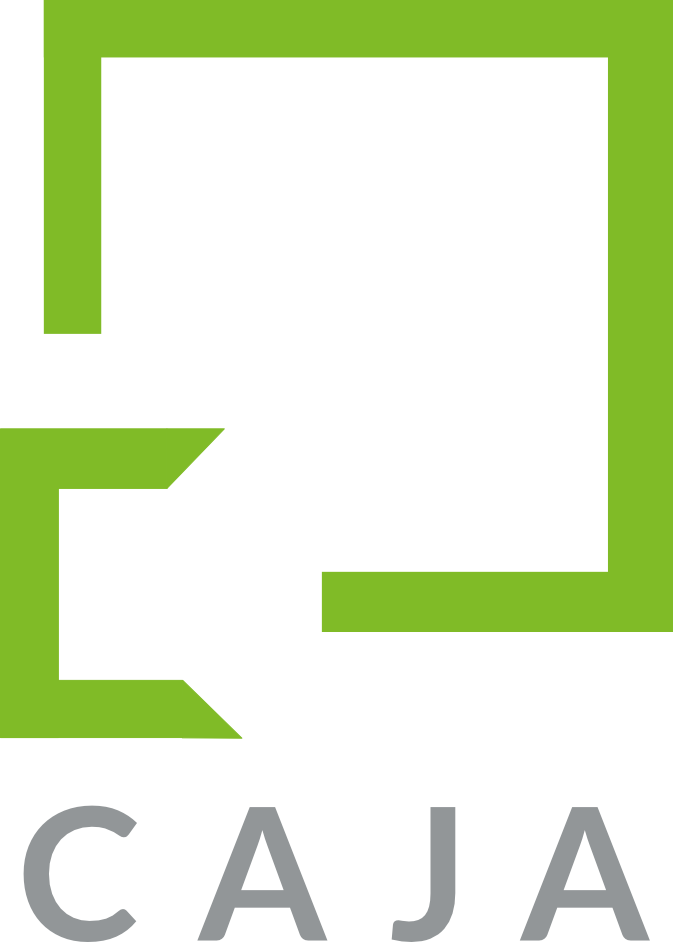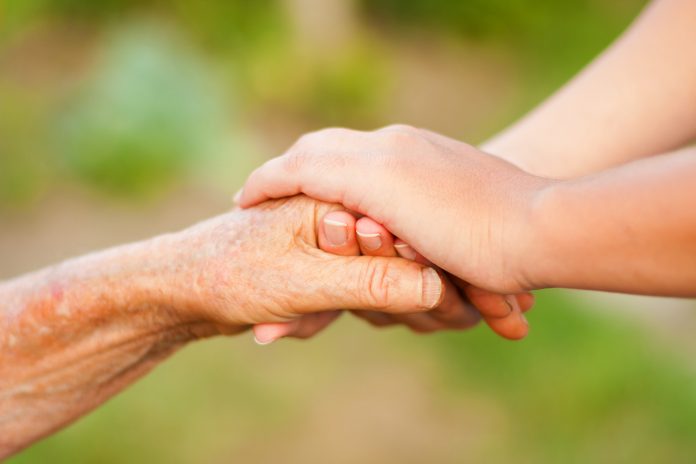‘Don’t swim for an hour after you’ve eaten, you’ll get cramps!’
‘Put your coat on or you’ll catch a chill!’
‘Don’t sit too close to the TV or your eyes will go square!’
If your nostalgia spidey sense is tingling, then chances are you’ve have heard these phrases before, maybe from a well-meaning family member or friend. But did any of these forewarned consequences actually happen? And why are they told to us in the first place?
Chances are your eyes didn’t turn square and maybe you didn’t get a chill or cramps, but there is premise behind these wary proverbs. Preventative care! Stick with me here…
Each saying is designed to discourage or prevent a certain action or behaviour to avoid an adverse result, and by doing so, promotes health in some capacity.
Preventative care is all around us but is only gaining traction within health and social care in recent years. Caja has had the opportunity to be at the forefront of health and social care projects whose focus is to keep people independent for longer by focusing on their strengths, abilities and preventing falls, which will help them stay in their homes longer whilst promoting their health.
An example of the preventative work Caja has delivered is the Enhanced Independent Offer that we helped Gloucestershire County Council design. Our team of experts are establishing integrated post-hospital discharge pathways, which promote independence and care within a person’s home. The pathways will utilise therapists to strengthen people’s mobility and adaptability when home and signposting them to assistive technologies (more on this later..), support groups and community resources which will help to maintain their independence, quality of life and help to prevent hospital re-admission.
You may well remember when Public Health England started the quit smoking initiative, Stoptober which first launched in 2012 and saw an increased 80% chance of quitting smoking in the first campaign. Common side effects of smoking range from heart to lung related problems, increased mortality, hospital admissions, and leads to around six million deaths a year. By having a campaign that aims to reduce the number of related health problems to smoking, it reduces the mortality and potential hospital admissions of millions of affected people, as well as reducing hospital pressures and cost of care to the NHS. Other examples include vaccines, cancer screenings and regular vision/ hearing testing.
Preventative care is a form of proactive care as opposed to reactive care. Back in 1948 when the NHS was first created, it revolved around that era’s mentality of only going to the doctor when absolutely necessary, so health problems would generally be worse and require more treatment than if they’d gone in earlier. Both the NHS and mentality around our health has, thankfully, developed in a significantly positive way since 1948 and now it is widely encouraged to nip health problems in the bud and seek help early.
A current and ongoing problem the NHS faces is long hospital stays which leads to further issues for both limited hospital capacity and the long-staying patient. Frailty, falls and decline in health becomes more prominent in over 65-year-olds, with research displaying one in three of 70-year-olds, who have long hospital stays, developing muscle ageing and consequently weakness. This leads to further health and social care requirements for these individuals and puts them at a bigger risk of falls, which can lead to further hospital stays and so we can see how it can go on and the costs of care escalate quickly.
At this point you may be asking yourself, ‘Well what can be done? We can’t stop people being in hospital if they need to be there…’ and you’d be absolutely right. However, we CAN stop the need for being in hospital in the first place.
In comes the digital age! Historically, ensuring your elder family members don’t fall or get into harm’s way in their home has revolved around analogue technology or telecare, such as push-button alarms, pull cords etc. Now Technology Enabled Care (TEC) is starting to see new Assistive Technologies become a reality. Harnessing the power of digital devices that are interoperable and provide data insights, is paving the way for a new wave of independence and efficient reporting systems. Caja is currently part of on-going projects with a number of clients that is helping develop the effective use of TEC, which can include pressure/ movement sensors that report back to an alert centre that can be monitored and responded to without the need of actually pushing a button and alerting a responder to check on the person. Practices like these can help prevent falls, unnoticed falls or provide help quickly, all time saved which leads to less medical intervention and less inpatient admission requirements. Therefore, less hospital pressures, more personal independence, and increased health outcomes.
Thankfully at Caja, we know a thing or two about preventative care and through our multi-disciplinary level of expertise and knowledge in behavioural science, we’ve been able to ‘nudge’ people into making good choices about their care. Part of our work has involved increasing cancer screening uptakes, leading to cancer being detected early and provide early treatments; helping organisations to develop their focus in TEC by optimising processes and creating combined approaches to falls response systems through reorganisation of resources and creating easier access to telecare through a personalised evaluation of needs.
To sum up and having started as we mean to go on; the early bird catches the worm!
If you think we can help to establish and promote your preventative care approach, get in touch with us.




